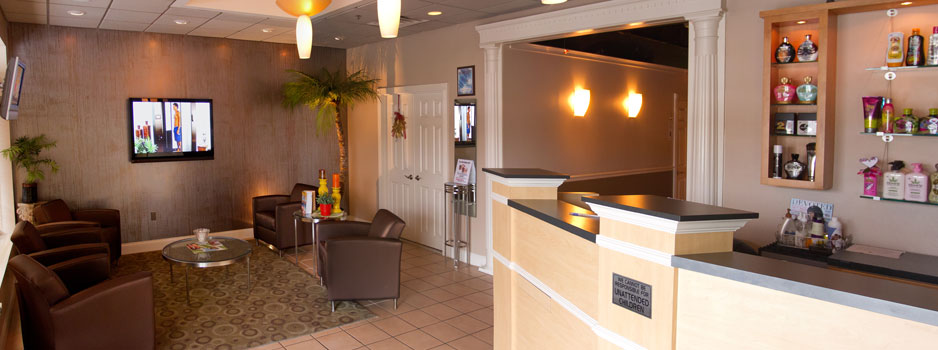Effects of Light During COLD Winter Months
During the cold winter months, its very easy to curl up on the couch with a warm blanket and tear open an oversized bag of potato chips. Why do some people get depressed, lethargic and even sad during winter? There is actually a condition known as Seasonal Affective Disorder (SAD) which occurs with the shortening days of winter when people are exposed to less UV light. SAD is recognized in the DSM-IV (The American Psychiatric Association’s diagnostic manual) as a subtype of major depressive episode. This may explain symptoms like cravings for sweets, lack of energy and overall bouts of the “blues”.
Seasonal Affective Disorder (SAD):
About 70-80% of those with SAD are women
Common age of onset is in the 30′s
Occurrence of SAD increases with increasing latitude
Degree of light exposure has an effect
Milder cases are referred to as “Winter Blues”
Effects of Melatonin and Serotonin
A chemical imbalance in two important neurotransmitters in the brain is linked to SAD. These two neurotransmitter chemicals are melatonin and serotonin.
Melatonin is a hormone secreted by the pineal gland in the brain that helps regulate other hormones and maintains the body’s circadian rhythm. The circadian rhythm is an internal 24-hour time keeping system that plays a critical role in determining when we fall asleep and when we wake up. This is why during the cold winter months when days are shorter and the sunlight is scarce, we often feel sleepy or drowsy.
Serotonin acts both as a chemical messenger that transmits nerve signals between nerve cells and that causes blood vessels to narrow. Changes in the serotonin levels in the brain can alter the mood.
Low levels of serotonin are associated with:
Increased carbohydrate cravings
Depression
Heightened sensitivity to pain
Troubled sleep patterns
What happens is when melatonin levels increase, serotonin levels usually decrease, since more serotonin is converted to melatonin. On the other hand, exposure to light lowers melatonin levels and increases serotonin levels. This is where indoor tanning can help out.
How Can Indoor Tanning Help?
In 1984, a psychiatrist by the name of Norman Rosenthal published a paper on the use of bright light therapy in patients with Seasonal Affective Disorder (SAD). Since then, a large number of well designed studies have confirmed these initial findings. Researchers are still studying ways in which bright light can lift depression or reset a sleep cycle.
Since indoor tanning is basically artificial sunlight, this might be beneficial to people who suffer from SAD. Along with the benefit of increasing UV exposure, the cosmetic benefits of having bronzed skin may help with the overall feeling of looking better which may in turn make a person feel better and have an easier time sticking to their diet plan and exercise routine.

